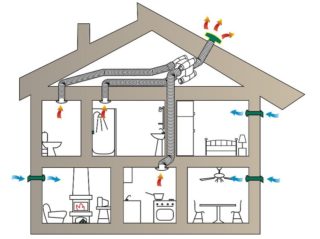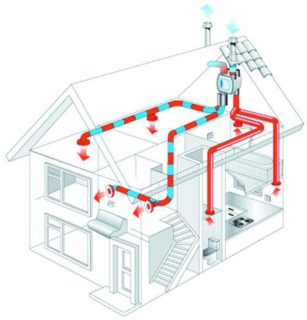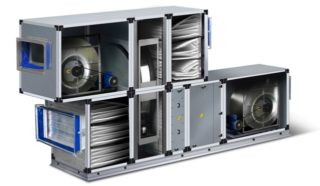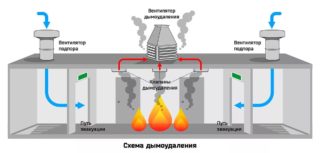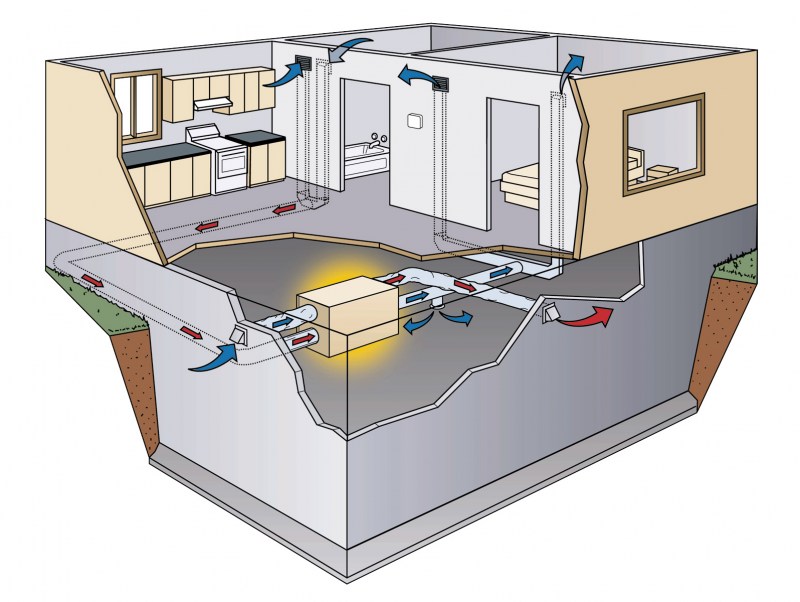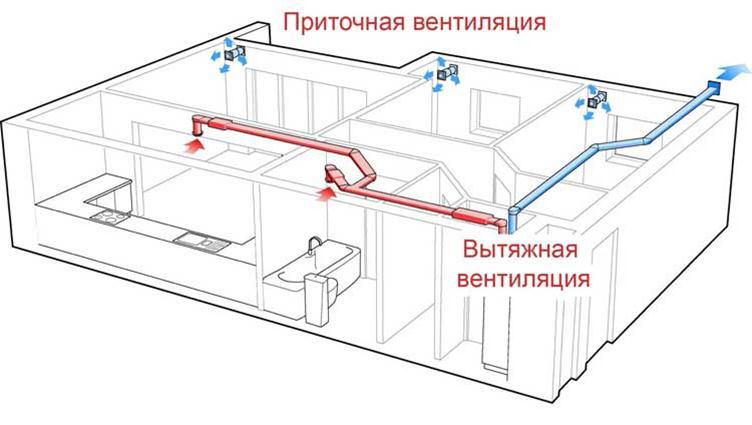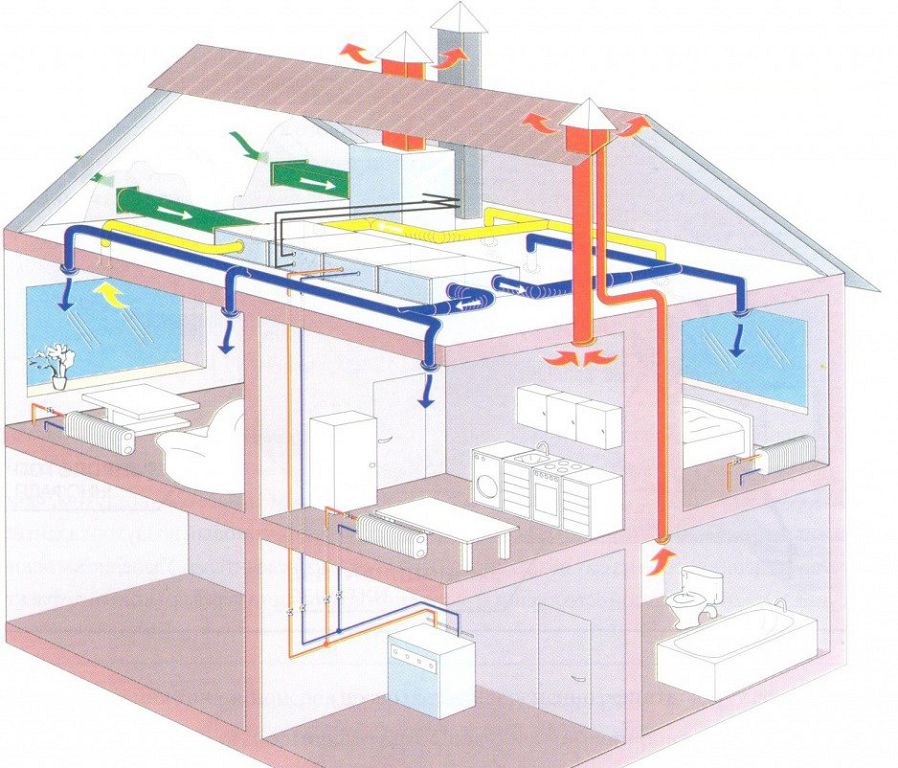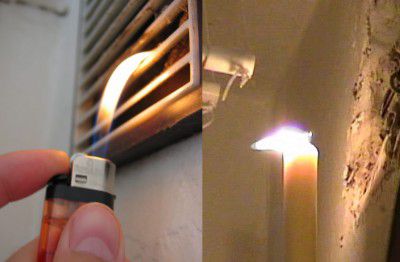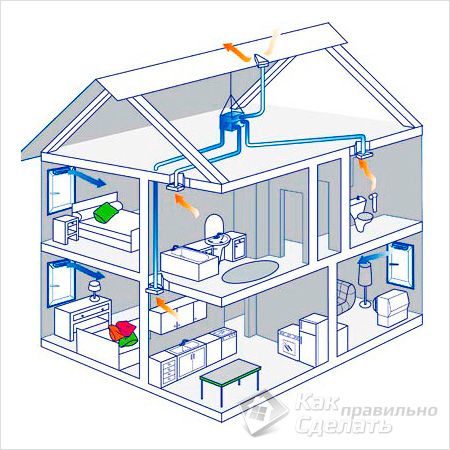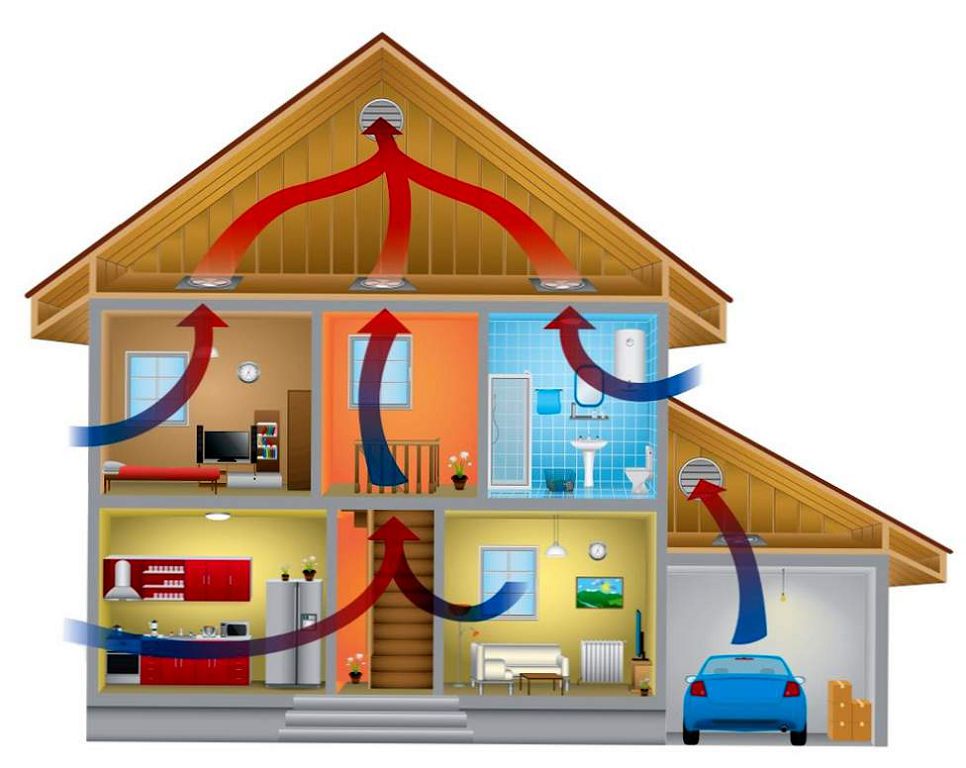The ecological situation in cities is getting worse every day. It has become a natural desire among the inhabitants of megalopolises to move out of town. But by building a tightly sealed cottage, they create a poisonous atmosphere in their own home. Stagnant air increases humidity, accumulates dust, creates the best environment for the growth of pathogenic bacteria. And therefore, the topic of combating unclean air in country houses is becoming as relevant as in city apartments.
Airing is not an option
Progress not only has a detrimental effect on our lives, but also provides us with such means of protection as ventilation. There are ventilation systems of different designs, therefore, in the process of designing a house, you need to decide on the space in which it will be mounted. Otherwise, when the house is ready, you may run into trouble in the form of loss of useful space or interference with the finished interior design.
Wherever ventilation is installed in the house, you must carefully choose the system that would best fit into the place prepared for it. And soundproofing should also be taken care of.
Supply and exhaust system
Some factory monoblock unit with a built-in automation system will be optimal for air flow. There are domestic systems of this type, which are cheaper than foreign counterparts.
The advantage of such a system is that unclean air and unpleasant odors cannot flow into adjacent rooms.
Disadvantage - at the bottom of the door, it is necessary to install grilles for the outflow of excess air so that excessive pressure does not build up, which interferes with the easy opening of the door.
Supply and exhaust with cooling or heating of the supply
The advantages of such a system are the supply of filtered, fresh, cooled or heated air all year round.
The disadvantages of such an air conditioner are its bulkiness and high cost. The need to install a refrigeration system on freon or water, expensive automation, large-diameter air ducts - all this complicates the system. Such ventilation with an additional service of climate control is advisable in rooms where the air has a composition especially hazardous to human health, as well as in expensive cottages where it is not prestigious not to have such an installation.
But there is one more drawback. This system does not allow separate regulation of the temperature in the rooms, since the air enters the house centrally.There are more expensive installations for this.
Emergency ventilation
In order for forced ventilation to turn on, a gas detector must be present that reacts to potentially dangerous gas or smoke in the room. This sensor is set to a certain percentage of the pollutant. If the dangerous rate exceeds the permissible values, then forced exhaust ventilation is switched on. The whole process of work is controlled by a microcontroller. The installation of the hood itself in country houses is mounted directly into walls or window openings.
If you decide to install emergency ventilation in your home, then you cannot do without specialists. After analyzing the situation on site, they will advise which system is best for your home. They will also indicate where it is better to place the gas analyzers.
If you are not an enemy to your health, and you also care about the safety of both your own and your home, then during the design period of suburban housing, be sure to contact ventilation specialists, especially if you are planning to install emergency ventilation. It is a complex solution for conventional and emergency systems that will give the maximum effect on their rational placement in the room, and also significantly reduce costs.

